Cultures
Creepy old things that have survived to this day
Museums are excellent sources of knowledge. They can preserve most anything from any era, and go to great lengths to keep the old things in as good of a condition as possible. Through these buildings, we can visualize how cavemen lived, how the Egyptians buried their dead, the first technological innovations, and how fashion has changed over the decades. These are typical things you’d find in a museum. But what you probably wouldn’t expect to be preserved are objects like skulls, a giant squid, and a slice of a human face. Yet, they all still exist today. Check out these creepy, bizarre old things that somebody thought were worth saving, and preserving.
Skulls
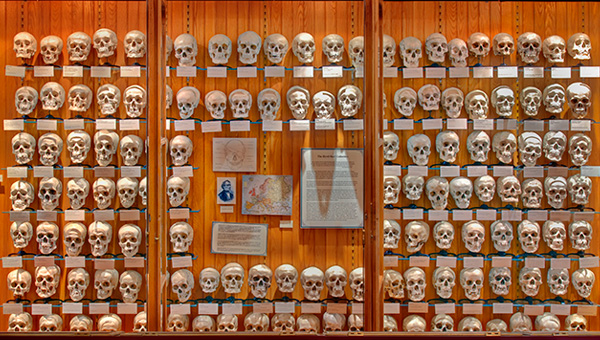
Image: Mutter Museum
There is a display of 139 skulls at the College of Physicians in Philadelphia, collected by an anatomist named Joseph Hyrtl. He collected these various skulls in the 1800s. Each skull has a different history. One belonged to a famous tightrope walker who accidentally fell and broke his neck. The museum recently began a fundraiser, encouraging visitors to “adopt” a skull. The donor’s contribution pays for the cleaning, restoration and remounting of the skull. A small plaque of the donor’s name will go next to the skull. Each adoption costs two hundred dollars.
Giant Female Squid
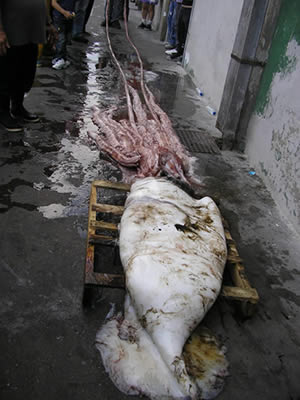
Image: Natural History
Why do the creepiest things come from the bottom of the ocean? It’s freaky in itself how little we know about those depths, let alone this giant squid. It was caught in a fisherman’s net off the coast of Spain in 2005. It was probably 2-3 years old and, when alive, 11 meters (36 feet) long with tentacles that extended 6.7 meters (22 feet). It weighed more than 150 kilograms (330 pounds).
World’s Longest Beard
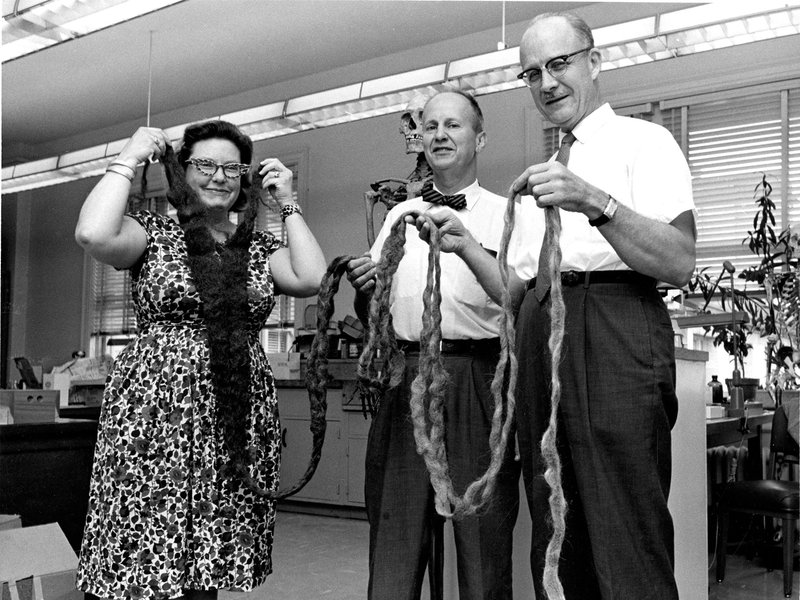
Image: Smithsonian
Hans Langseth was born in Norway in 1846. When he died on November 10, 1927, he was an American citizen and had a beard 18-and-a-half feet long. During his years as a farmer in Minnesota and North Dakota, he used to roll up the beard and tuck it into his jacket. Later on, he joined a circus act and displayed his beard full-time. His relatives cut off the beard and donated it to the Natural History Museum upon his death, where it remains as one of the Smithsonian’s strangest artifacts. A photo of museum staff “trying on” the beard also resides in the Institution’s archives.
A Slice of Human Face
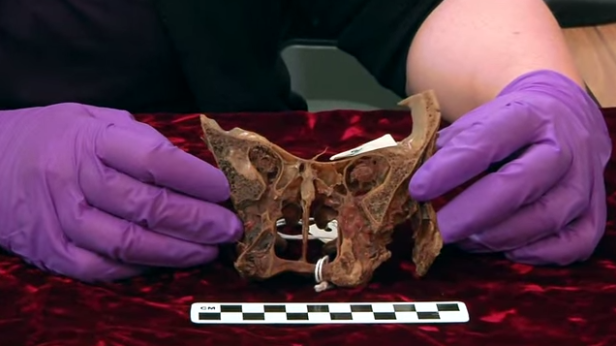
Image: YouTube
The curator of the Mütter Museum, Anna Dhody, created a series of YouTube videos documenting some of the items in the museum’s collections. In this video, she shows us a bilateral cross-section of the human face. Dr. Matthew Cryer, a physician and dentist who was around during the early 1900s, prepared the slice to study the development of oral and sinus cavity formation and development. The museum has at least 400 other similar samples in its collection. If science and/or the field of medicine interests you, this museum might be worth checking out.
A Book Bound in Human Skin
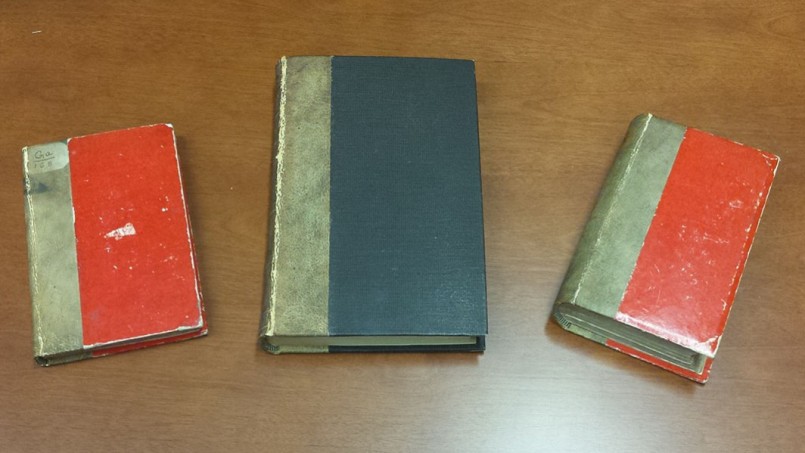
Image: College of Physicians
The Mutter Museum also features a book written in the 1700s that explains how women become pregnant and what happens during the different stages of pregnancy. And while an 18th century explanation of pregnancy is probably pretty interesting, that’s not the weirdest thing about this book. In the 1880s, a physician took skin from a woman’s thigh, boiled it in a chamber pot in the hospital, and used it to bind the book. This is a little too reminiscent of Silence of the Lambs…
Mary Magdalene’s Tooth
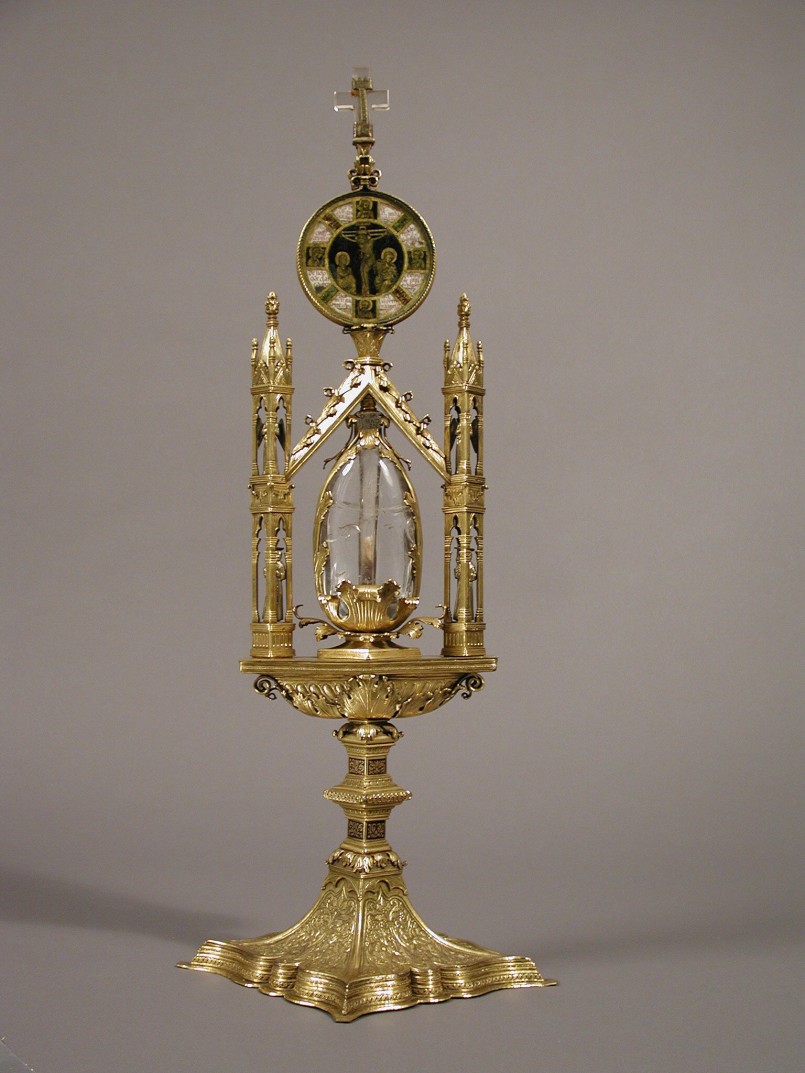
Image: Met Museum
In the Met Museum in New York, there is a reliquary that is said to hold Mary Magdalene’s tooth. It is enclosed with crystal rock. While their choir books were richly colored, Franciscan communities frequently chose more somber verre églomisé, a reverse-glass painting technique, for reliquaries. Although the palette of the glass medallion that crowns the reliquary is limited, the overall effect of crystal and gilded metal is sumptuous.
Cher Ami
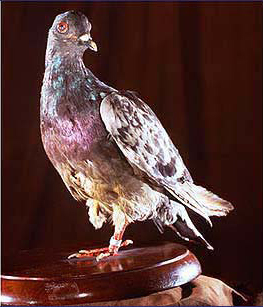
Image: Wiki Commons
Cher Ami was a registered Black Check cock carrier pigeon, one of 600 birds owned and flown by the U.S. Army Signal Corps in France during World War I. He delivered twelve important messages within the American sector at Verdun during his time of service. On his last mission, October 4, 1918, he was shot through the breast and leg by enemy fire, but still managed to return to his loft with a message capsule dangling from the wounded leg. The message Cher Ami carried was from Major Charles S. Whittlesey’s “Lost Battalion” of the Seventy-seventy Infantry Division that had been isolated from other American forces. The message brought about the relief of the 194 battalion survivors, and they were safe behind American lines shortly after the message was received. Cher Ami was later inducted into the Racing Pigeon Hall of Fame in 1931, and received a gold medal from the Organized Bodies of American Pigeon Fanciers in recognition of his extraordinary service. You can visit his stuffed body at the Smithsonian.





0 comments